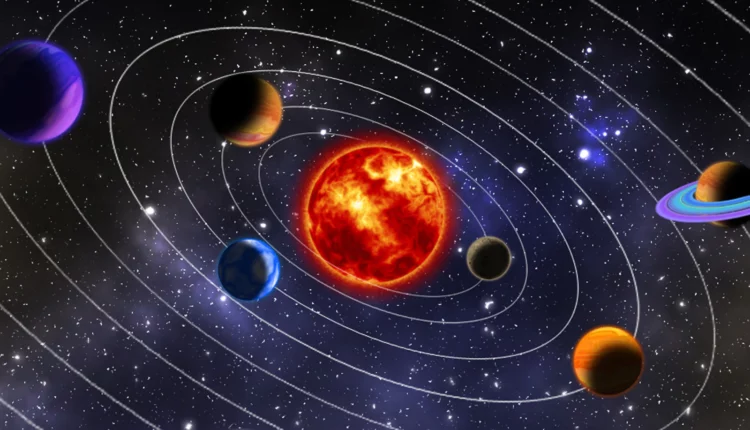©2021 Reporters Post24. All Rights Reserved.
If you’ve been laying in bed at night, fretting that the planets of the Solar System are going to go ricocheting off throughout the galaxy, you can set your mind at ease.
We have at least 100,000 years before that happens, according to new calculations.
In a new study, mathematicians Angel Zhivkov and Ivaylo Tounchev of the University of Sofia in Bulgaria lay out an analytical proof of the stability of the Solar System over the next 100 millennia, including all eight planets and Pluto.
Their calculations, yet to be peer-reviewed, show that the orbits of these bodies are not going to significantly vary over that time.
That may sound strange; after all, the Solar System has been here doing its thing for 4.5 billion years or so already. But it’s not, in fact, easy to model and predict what it’s going to continue doing in the future.
Studies, of course, have been conducted to try to calculate the future of the Solar System, using advanced computing to model the motions of the planets over millions or billions of years.
However, in order to cover such long timescales, they leave out some of the finer details.
Although the work of Zhivkov and Tounchev covers a much shorter time period than other efforts, it increases the reliability of the results, they say.
This is because it accounts for deviations in the initial conditions, such as the orbital eccentricities and inclinations of the planets, as well as the masses of all the bodies in the system.
The ultimate fate of the Solar System is one that has perplexed scientists for a very long time. It was Isaac Newton who proposed that mutual interactions between the planets would eventually drive the Solar System into chaos. The long-time dynamical stability of our home planetary system has been grist for the brain-mill ever since.
That’s because the more bodies there are in a dynamical system, the harder it becomes to predict how they’re going to behave. Two bodies, locked in mutual orbit, are relatively simple to mathematically describe and predict.
The more bodies you add, however, the more complicated the mathematics becomes. That’s because the bodies start to perturb each other’s orbits, adding an element of chaos to the system. This is known as the N-body problem.
Solutions can be derived for specific individual cases, but there is no one formula that describes any and all N-body interactions. And the Solar System is very complex indeed, with not just eight planets and the Sun, but asteroids, dwarf planets and other bits and bobs drifting about.
We can probably mostly discount the really small things, like asteroids, but even so, that leaves a lot of bodies remaining in the system.
Zhivkov and Tounchev developed a numerical method that translates the orbital elements of the planets (and Pluto) into 54 first-order ordinary differential equations. The computer code, run on a desktop computer, then performed the calculations over 6,290,000 steps, with each step accounting for about six days.
The calculations suggest that “[t]he configuration of the osculating ellipses on which the planets move around the Sun will remain stable at least 100,000 years in the sense that the semi-major axis of each planet varies within or less than one percent”, the researchers write.
In other words, the Solar System isn’t going to mimic galactic billiards just yet.
Even when the initial conditions and masses were altered, the Solar System remained stable under the team’s calculations, and the researchers suggest stability might ultimately be maintained for a million or even a billion years, although a more powerful computer would be needed to make the calculations.
Previous simulations found that it’s going to take around 100 billion years for the Solar System to break apart and scatter across the Milky Way.
By that time, the Sun will be well and truly dead, living its afterlife as a white dwarf, so humanity is unlikely to be around to see it, unless we’ve managed to find safe harbor somewhere else, far away. The likelihood of that, however, is questionable.
Anyway. Existential dread aside, you can read the team’s paper on preprint server arXiv.


